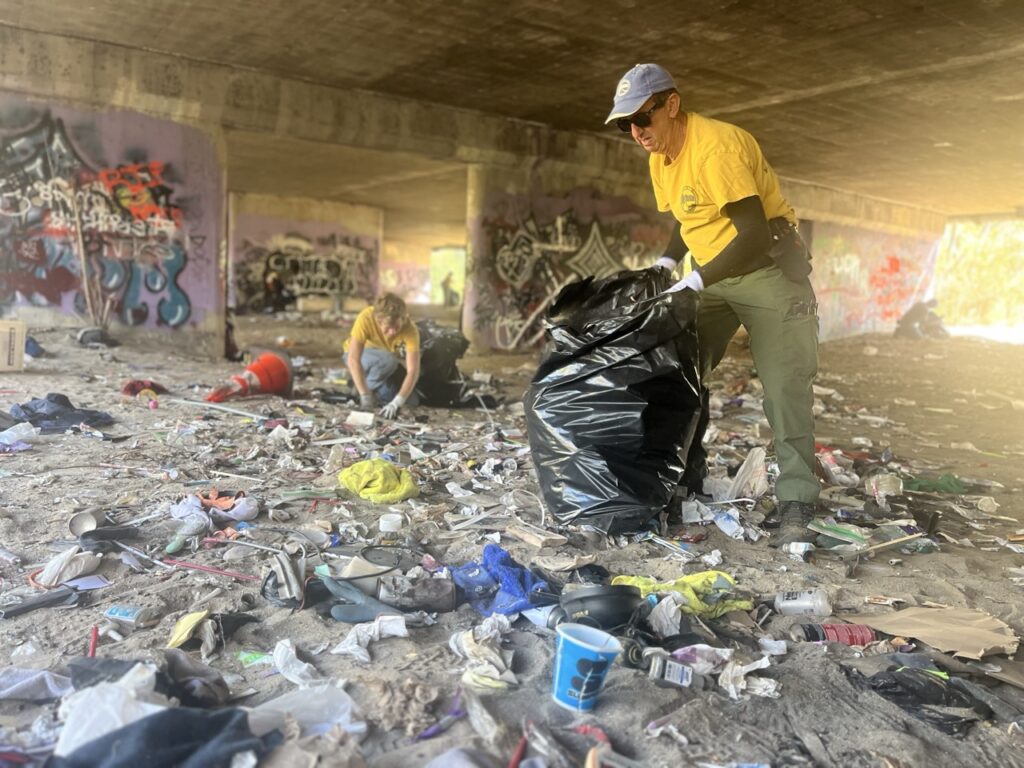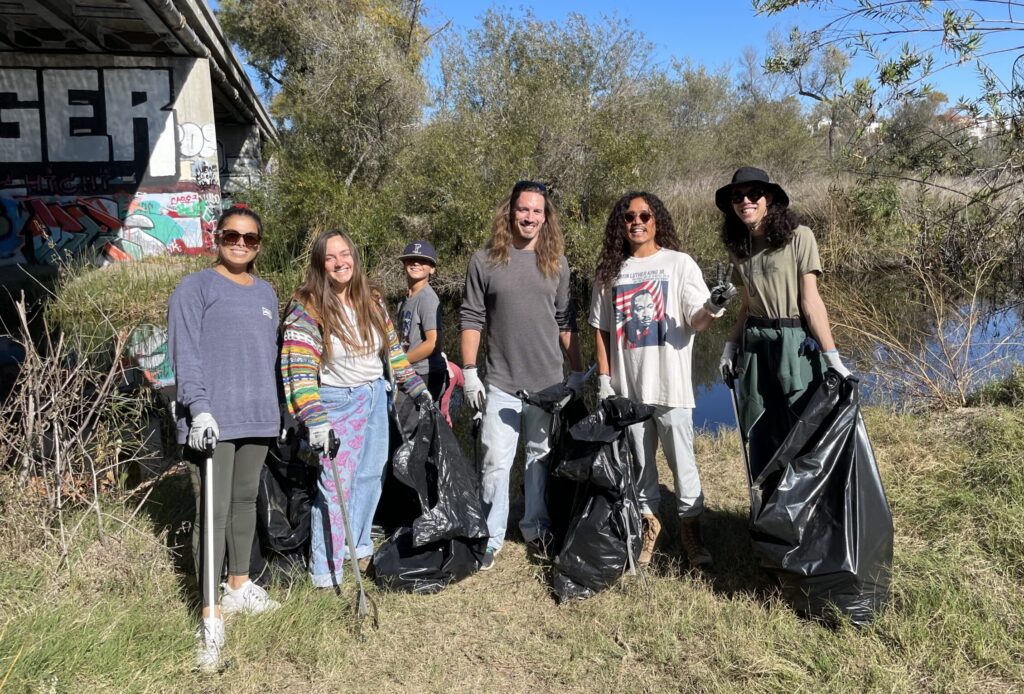Trash
Putting an end to trash in the Riverbed
We estimate that over 1 million pounds of trash enter the riverbed each year. While trash clean-ups are a critical component of our mission, we seek to stop trash at its source. Data collection is a key component of combating trash in the riverbed. Using data to inform advocacy and action has been a critical part of our model for 20 years.

How trash impacts the San Diego River
Trash endangers plants and animals living along the River, and pollutes the areas where we recreate. Trash affects water quality, leaches chemicals and spreads bacteria into the water. These toxins can even reach aquifers, the large underground reservoirs of freshwater that are an important piece of the local drinking water infrastructure. These negative impacts can be spread downstream into other riparian habitats and even pollute beaches and marine habitats.
Varied land ownership in the riverbed is a management challenge. The San Diego Riverbed is carved into 100+ parcels, with different landowners (local, State and Federal agencies, plus dozens of private property owners). Wrangling these many different interests with varying resources to combat trash requires solid data.
Good data informs good policy
In order to protect the San Diego River ecosystem against the negative impacts of trash, we take a multi-pronged approach:
Trash data collection
Our River Assessment Field Team (RAFT) deploys volunteers twice weekly to collect data about trash currently in the riverbed. This data allows us to tailor advocacy and action to address the specific locations and sources of trash, and makes us uniquely positioned to advocate for additional resources, new policies, and regulatory actions to protect the San Diego River.
This data sorts trash into the following categories, each of which require different solutions:
- Stormwater debris (trash carried to its current location by water such as flooding or or storm runoff)
- Illegal dumping
- Active encampments
- Inactive encampments
- Litter
Trash removal
While we work toward systemic changes to improve the health of the San Diego River, we also mobilize volunteers from the community to remove trash through our clean-up programs. Each year, these volunteers remove hundreds of thousands of pounds of trash from the San Diego River.

